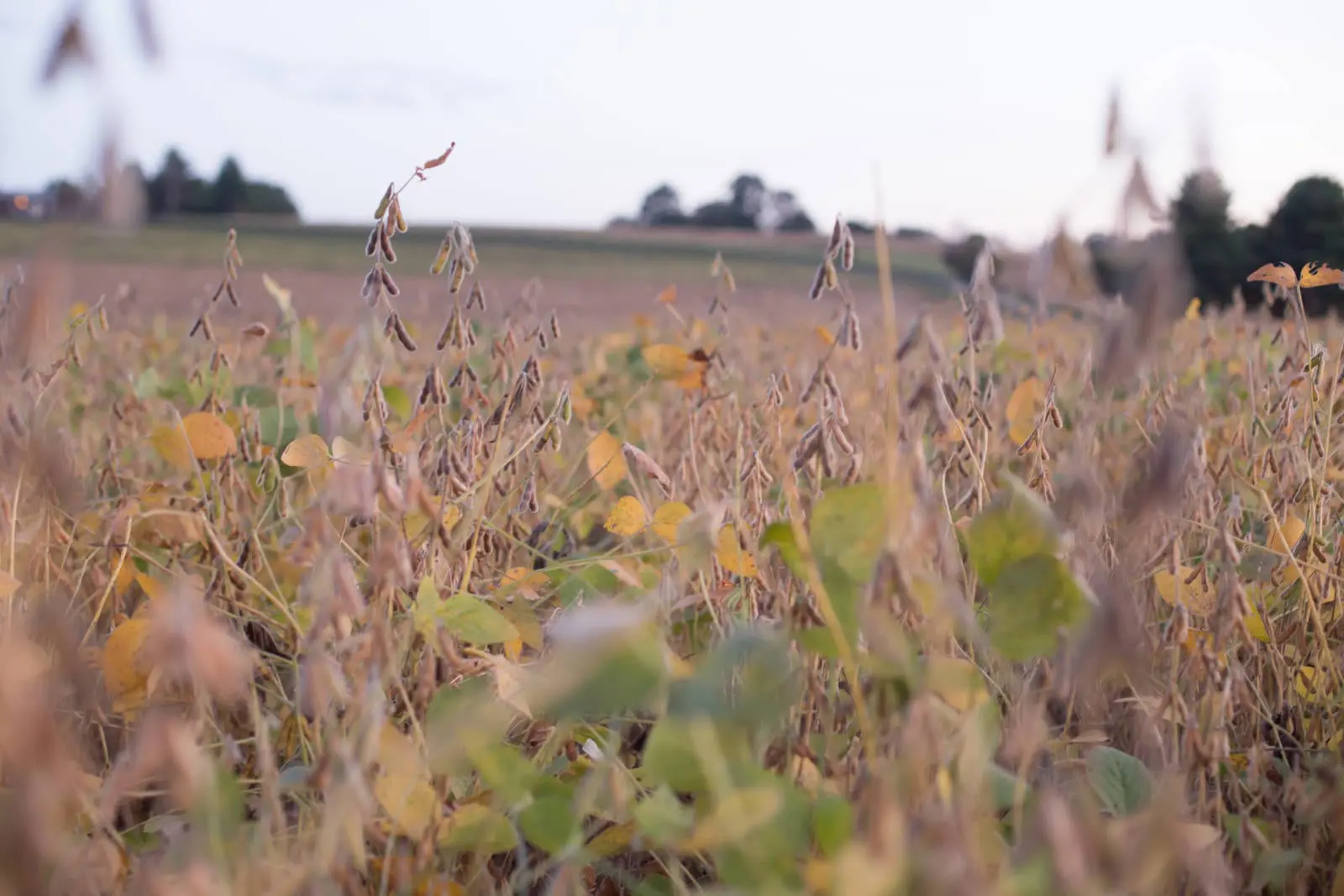 Harvest is here! With it comes long days, the need to be able to do several things at the same time and additional part-time help. In our region, in the northern U.S. Midwest, we usually harvest soybeans before corn, which is different than much of the central U.S. Midwest.
Harvest is here! With it comes long days, the need to be able to do several things at the same time and additional part-time help. In our region, in the northern U.S. Midwest, we usually harvest soybeans before corn, which is different than much of the central U.S. Midwest.
We started cutting soybeans on Sept. 21. We’ve had awesome weather for harvest in late September, dry and with temperatures in the 26 to 30°C range, or in the 80s°F. That weather has allowed the soybeans to ripen quickly and evenly.
The soybeans have a moisture content of about 10%, which is a bit lower than we prefer. We have to pay attention to how we are harvesting to minimize the potential for the soybeans to shatter, impacting quality.
We have cut fields that have yielded better than expected, worse than expected, and about average. Roughly one-third of the way through soybean harvest, our yields are around 4 metric tons per hectare, or 60 bushels per acre.
On our farm, harvest requires many hands and about 15 days of good weather and full days in the field. We have two full-time employees, but we hire several people to help us during harvest – including my father. My husband Rodd typically runs the combine, while an employee runs the grain cart. The combine unloads into the grain cart, which is designed to carry heavy loads of grain across the field with minimal compaction. The grain cart has an auger much like the combine, and it unloads into trucks on the edge of the field that take the soybeans from the field to storage, and my dad usually drives one of these trucks for us.
 Our commercial soybeans go from the field directly to a local storage elevator for eventual export. We also grow some soybeans for a regional seed company. We store those soybeans on our farm until next spring, when the seed company picks them up and delivers them to their facility that cleans and bags them for farmers (like us) to plant next season.
Our commercial soybeans go from the field directly to a local storage elevator for eventual export. We also grow some soybeans for a regional seed company. We store those soybeans on our farm until next spring, when the seed company picks them up and delivers them to their facility that cleans and bags them for farmers (like us) to plant next season.
Soybean varieties now change quickly and are often only available for two or three years before seed companies replace them with new options. That means data and experience for specific varieties can be very limited. Raising seed soybeans allows us to gather a bit more experience with some varieties.
While we harvest soybeans when we think they are ready, we have to harvest our sugarbeets when our refinery is ready for them. So, though we will still be harvesting soybeans, we will also start pulling sugarbeets around Oct. 1. Additional part-time help will start then, and Rodd will split his time between managing sugarbeet harvest and combining soybeans. The warm, dry weather we’ve had has been good for the sugarbeets, as it allows the sugar content to increase.
Typically soybean harvest and sugarbeet harvest finish up at about the same time, and we then turn our attention to picking corn. This year, if we have a chance, Rodd hopes to be able to harvest corn that was most damaged in the hailstorm this summer, because it is not standing up well and is more likely to have ears fall off. The sooner it is picked, the better the yield and quality. However, he likely won’t have time for that.
Harvesting corn is much like harvesting soybeans, except that we dry all the corn to the right moisture for storage, and we store all the corn ourselves. In fact, the last of the 2019 crop was hauled to our local ethanol plant during the first week of soybean harvest.
During corn harvest, we will also begin fall tillage. We rely on conventional tillage to help the soil warm up in the spring, manage weeds, and more.

We farm in the Red River Valley of the northern U.S. and Canada, which is very, very flat. A large field has almost no slope, so water does not drain well. We create manual ditches in our fields to carry excess water away. In 2019, harvest started late, lasted longer than usual, and was very muddy. We were not able to do much of our planned ditching, so we have more fields to do than usual this fall.
Technology, including GPS, has made it much easier to use our ditching implement to scrape away a couple centimeters or an inch of soil at a time to create ditches with just 7 to 10 cm, or 3 to 4 inches of slope, across the field to help water drain. The gradual slope allows us to plant crops through them, but still allows excess water to move out of the fields when needed during the season.
We have plenty of work to do over the next several weeks. But we take it one long day at a time as we harvest the crops we’ve worked hard to care for all season.

